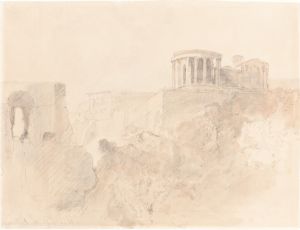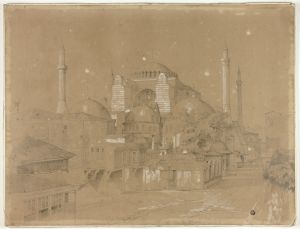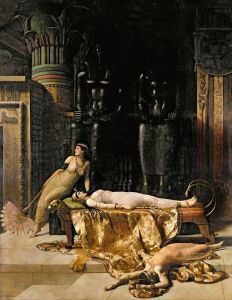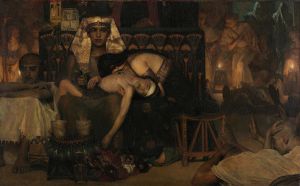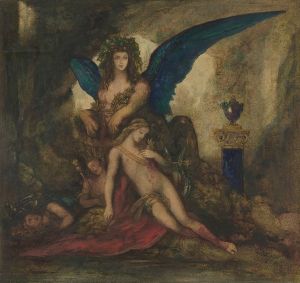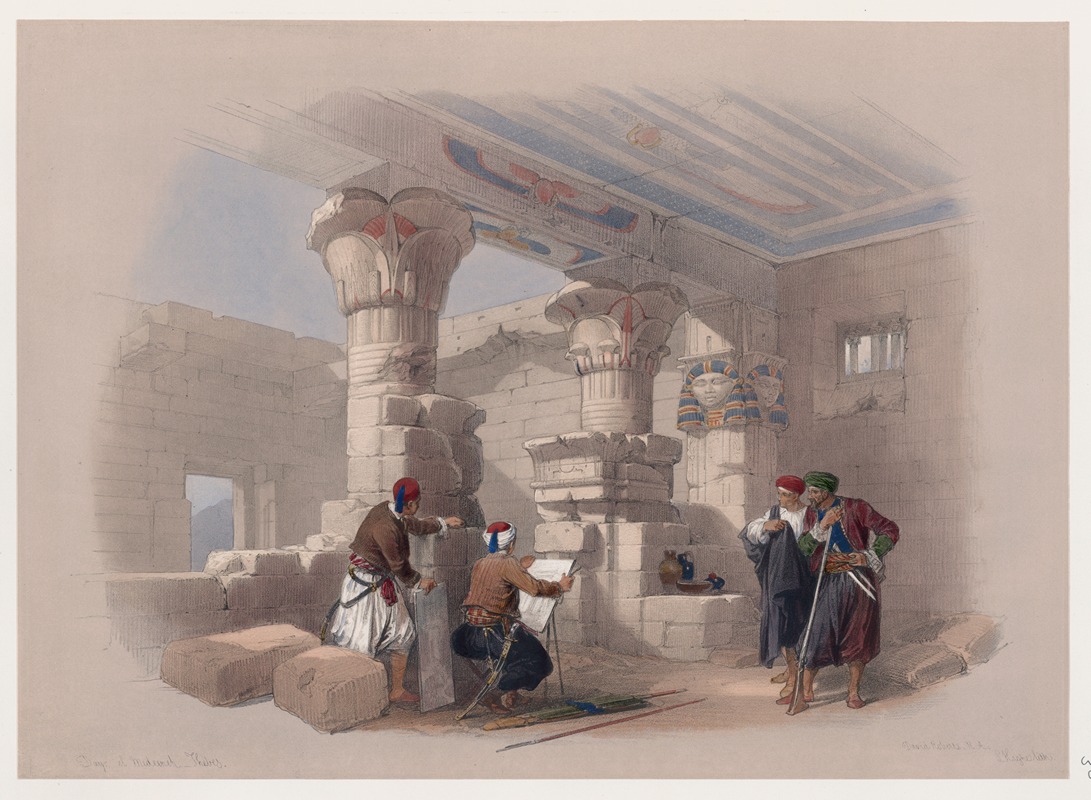
Dayr el Medeeneh [Dayr al-Madînah], Thebes.
A hand-painted replica of David Roberts’s masterpiece Dayr el Medeeneh [Dayr al-Madînah], Thebes., meticulously crafted by professional artists to capture the true essence of the original. Each piece is created with museum-quality canvas and rare mineral pigments, carefully painted by experienced artists with delicate brushstrokes and rich, layered colors to perfectly recreate the texture of the original artwork. Unlike machine-printed reproductions, this hand-painted version brings the painting to life, infused with the artist’s emotions and skill in every stroke. Whether for personal collection or home decoration, it instantly elevates the artistic atmosphere of any space.
David Roberts' painting Dayr el Medeeneh [Dayr al-Madînah], Thebes is a 19th-century artwork that depicts the ancient Egyptian workers' village of Deir el-Medina, located on the west bank of the Nile near Luxor (ancient Thebes). This site is historically significant as it was home to the artisans and laborers who constructed and decorated the royal tombs in the nearby Valley of the Kings and Valley of the Queens during the New Kingdom period (circa 1550–1070 BCE). The village provides valuable insights into the daily lives, social structures, and religious practices of the workers who served the pharaohs.
David Roberts (1796–1864) was a Scottish painter renowned for his detailed and romanticized depictions of Middle Eastern and North African landscapes, architecture, and historical sites. His works were based on sketches and studies he made during his travels in the region in the early 1830s. Roberts visited Egypt between 1838 and 1839, during which he documented numerous ancient monuments and sites, including Deir el-Medina. His paintings were later reproduced as lithographs by Louis Haghe and published in the multi-volume series The Holy Land, Syria, Idumea, Arabia, Egypt, and Nubia (1842–1849), which brought widespread attention to the region's archaeological heritage.
The painting captures the ruins of Deir el-Medina, set against the dramatic backdrop of the Theban hills. The site includes remnants of mudbrick houses, a small temple dedicated to the goddess Hathor, and tombs carved into the cliffs. Roberts' work often emphasized the interplay between the natural landscape and human-made structures, highlighting the grandeur and historical significance of the locations he portrayed. His artistic style combined accuracy in architectural details with a romanticized atmosphere, appealing to the 19th-century European fascination with the "exotic" Orient.
Deir el-Medina itself is an important archaeological site. Excavations have revealed a wealth of information about the lives of its inhabitants, including written records on ostraca (pottery shards) and papyri. These documents provide details about their work, family life, religious beliefs, and even disputes. The site is also notable for its well-preserved tombs, which feature elaborate decorations and inscriptions.
Roberts' painting serves as both an artistic interpretation and a historical record of Deir el-Medina as it appeared in the 19th century. While his work is not a precise archaeological representation, it remains a valuable visual document of the site during a period when Western interest in Egyptology was growing.





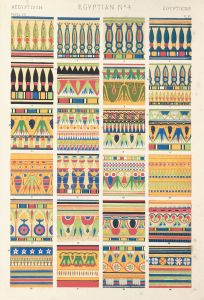
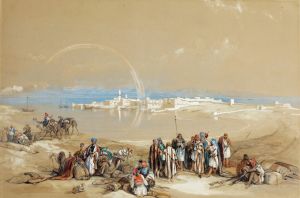
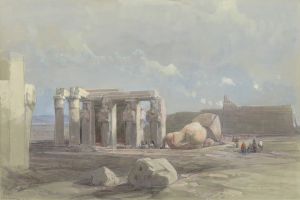

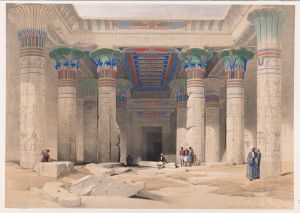
![Portico of the Temple of Kalabshi [Kalâbishah].](/imgs/217528/s/david-roberts-portico-of-the-temple-of-kalabshi-kalabishah-3a295995.jpg)
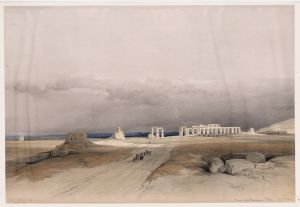
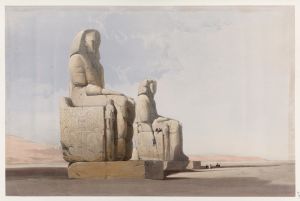
![Wady Dabod [Wadi Dabod], Nubia. Nov. 16th, 1838.](/imgs/217574/s/david-roberts-wady-dabod-wadi-dabod-nubia-nov-16th-1838-f16a99ed.jpg)
